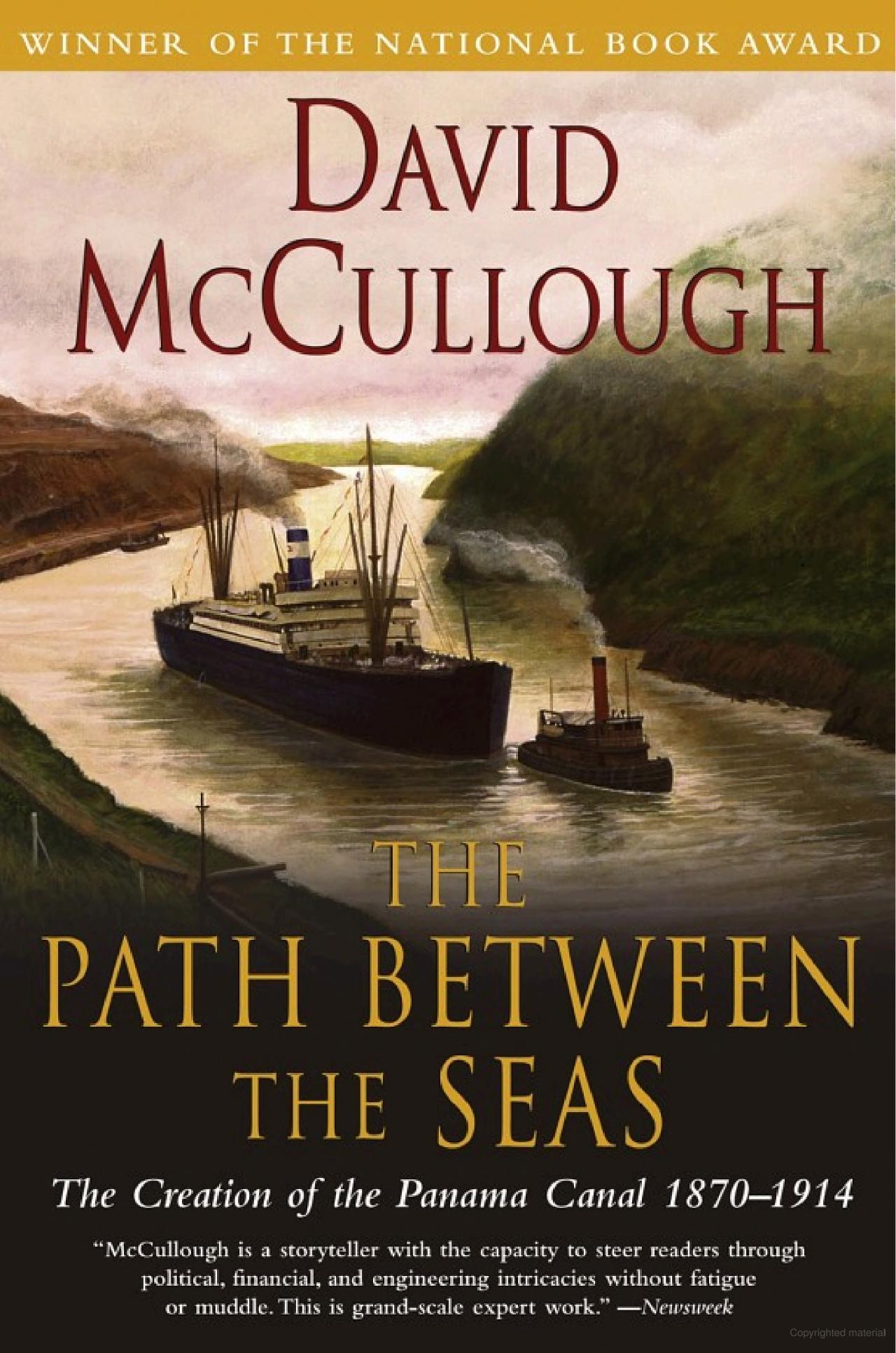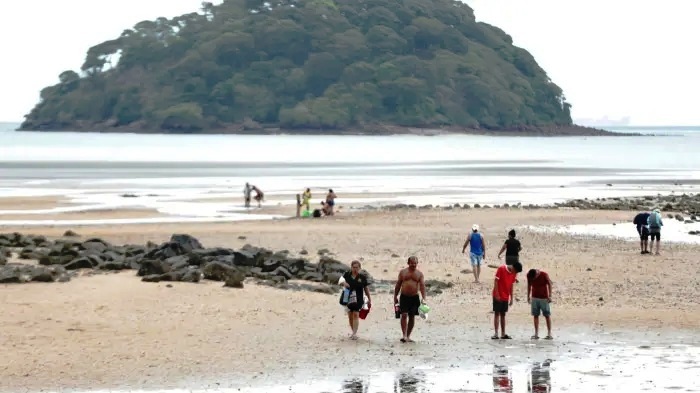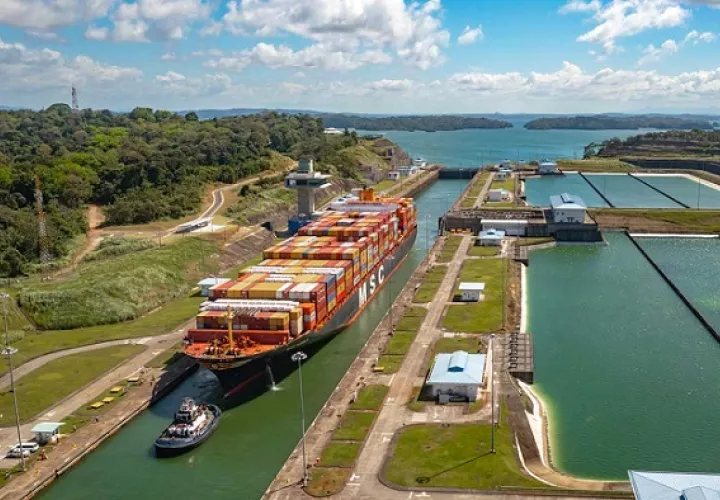The Creation of the Panama Canal 1870-1914: A Book Review

‘The Path Between The Seas‘ by David McCullough (Pictured Above)
The Panama Canal stands as one of the most remarkable engineering feats in history, a testament to human ingenuity and perseverance. Since moving to Panama, I have been captivated by this young country’s rich history, with the canal at its heart. My wife, engrossed in David McCullough’s “The Path Between the Seas,” often shared fascinating insights, prompting me to delve into this 698-page tome myself.
Published in 1977, McCullough’s book is a meticulously researched account of the monumental efforts to construct the 82-kilometer (51-mile) canal, bridging the Atlantic and Pacific oceans. The narrative spans the failed French attempt led by Ferdinand de Lesseps and the subsequent successful American endeavor. McCullough vividly portrays the engineering challenges, political maneuvers, and human struggles that defined this colossal project.
It’s an essential read today, especially for me as a Panamanian resident. We see the world’s hegemonies vying for control of the canal, and many countries in the world want to invest in everything from Panama’s ports to railways. Reading the book provides a much broader historical perspective, revealing the history of government and private enterprises’ efforts to control this valuable global resource.
McCullough thoroughly details the disastrous first French attempt to build a sea-level canal led by Ferdinand de Lesseps, emphasizing the enormous challenges posed by the terrain, weather, and widespread tropical diseases such as malaria and yellow fever. The significant financial losses and human toll resulting from the French failure are also highlighted.
The narrative shifts to America’s involvement in the project, detailing the political strategies and negotiations with Colombia that ultimately resulted in Panama’s independence. The book emphasizes American ingenuity and perseverance in overcoming obstacles that had challenged the French, including the vital role of medical advancements in controlling disease and engineering innovations for navigating the rugged terrain.
According to Wikipedia, McCullough proposed the book in 1972 and published it five years later through Simon & Schuster. In 1977, McCullough traveled to the White House to advise Jimmy Carter and the United States Senate on the Torrijos-Carter Treaties, which were intended to give Panama control of the Canal. Carter later stated that the treaties, negotiated to transfer ownership of the Canal to Panama, would not have passed without the influence of the book.
I’m pleased to share that I finished the book, gaining a deeper understanding of Panama, its important canal history, the region’s geopolitics, and the country’s heritage. I highly recommend this read to anyone visiting or living in Panama!
Available through most booksellers, The Path Between the Seas comes in hardcover, paperback, and electronic editions. Search for it on your favorite retailer’s website.

Book Review by Lester Karplus





